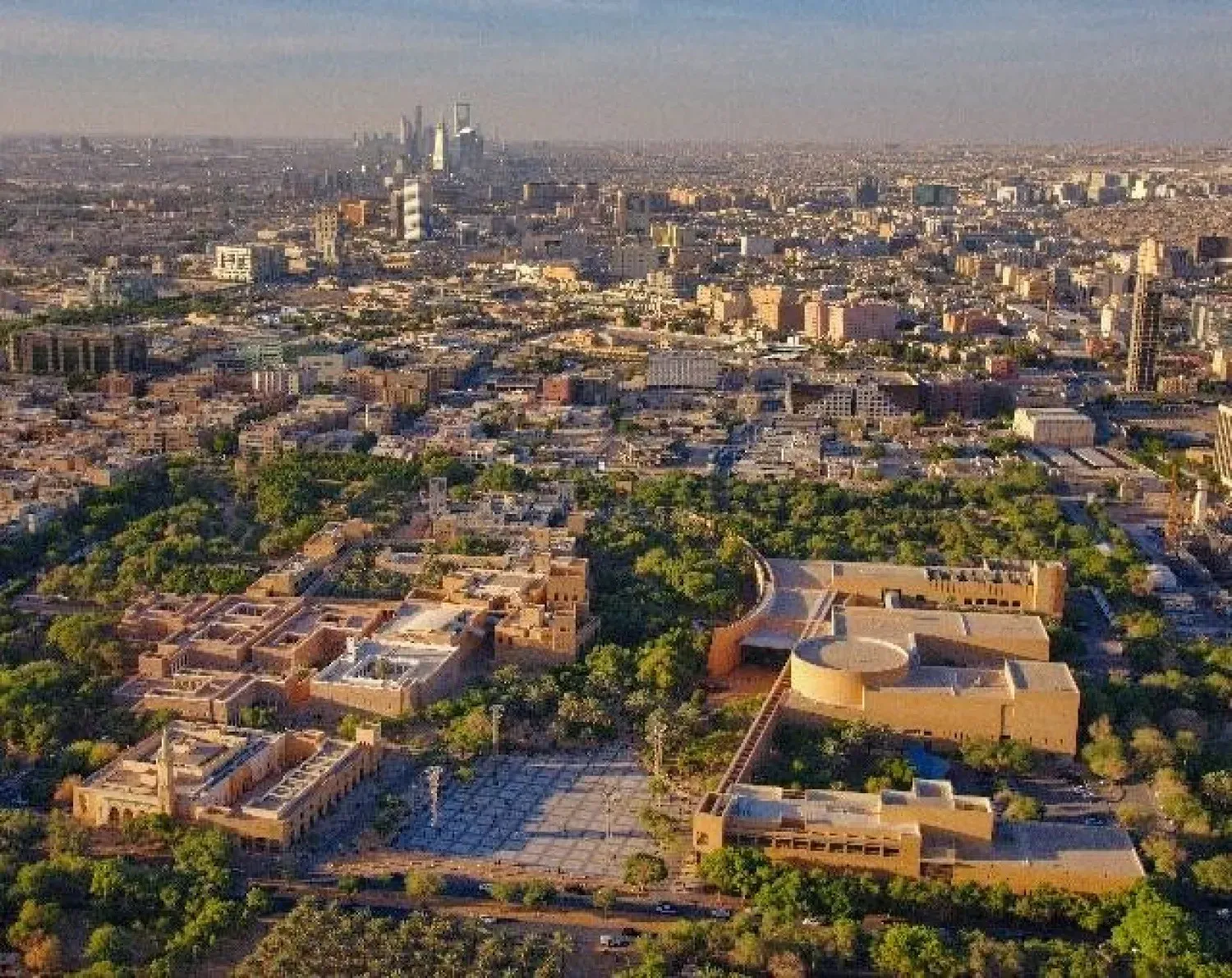Saudi Arabia is implementing economic reform policies that have proven effective, experts told Asharq Al-Awsat.
According to Ipsos Global Advisor survey, Saudi Arabia remained the most positive on the country’s economic outlook with a 93 percent rating, up 61 percentage points, compared to a global average of 68 percent. The survey was conducted between June 24 and July 8, 2022, across 27 countries.
Economic analyst Abdul Rahman Al-Jubeiry told Asharq Al-Awsat that the index reflected Saudi Arabia’s seriousness to achieve major economic projects and the strength of the level of governance and government institutions, in addition to its ability to overcome risks and support opportunities for economic stability and rapid growth.
Al-Jubeiry added that the Kingdom was able to manage risks and mitigate their effects, thanks to its general budget, which is supported by moderate debt levels and a huge financial reserve stock, in addition to a stable and organized financial system that further enhances its sovereign credit file.
For his part, Dr. Salem Bajaja, Professor of Economics at the University of Jeddah, told Asharq Al-Awsat that the launch of major economic projects and the amendments to regulations have positively impacted the Saudis, who feel confident about their country’s determination to achieve its goals in the coming period.
He added that the Saudi government’s effective response to the Covid-19 crisis and the intensive measures adopted to counter the repercussions of the Russian war on Ukraine have all proven the strength and durability of the country’s economy.
In the survey conducted by Ipsos, people of various countries reacted differently to major economic crises and problems, such as inflation, poverty, unemployment, economy, crime, violence, or political corruption. Saudis were least concerned about most of the indicators.
The Kingdom came first in the index, which includes 27 countries, with a confidence rate of 93 percent, and a superiority of more than the world average 32 percent with 61 points, while countries such as the United States of America, Britain, France, Japan and Canada came in the second half of the index, with less than 50 percent.









